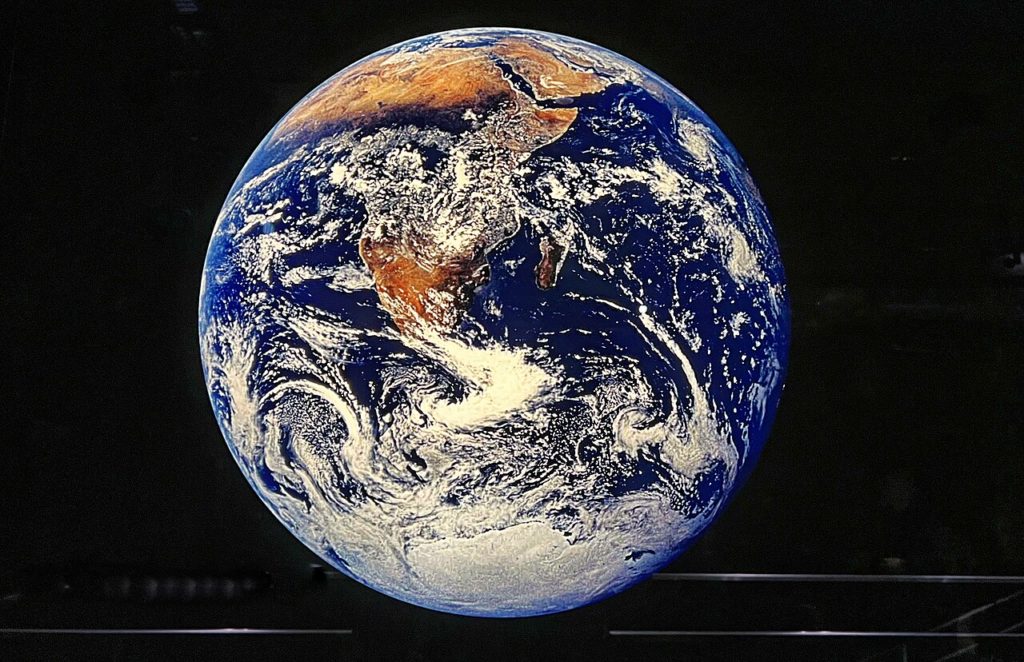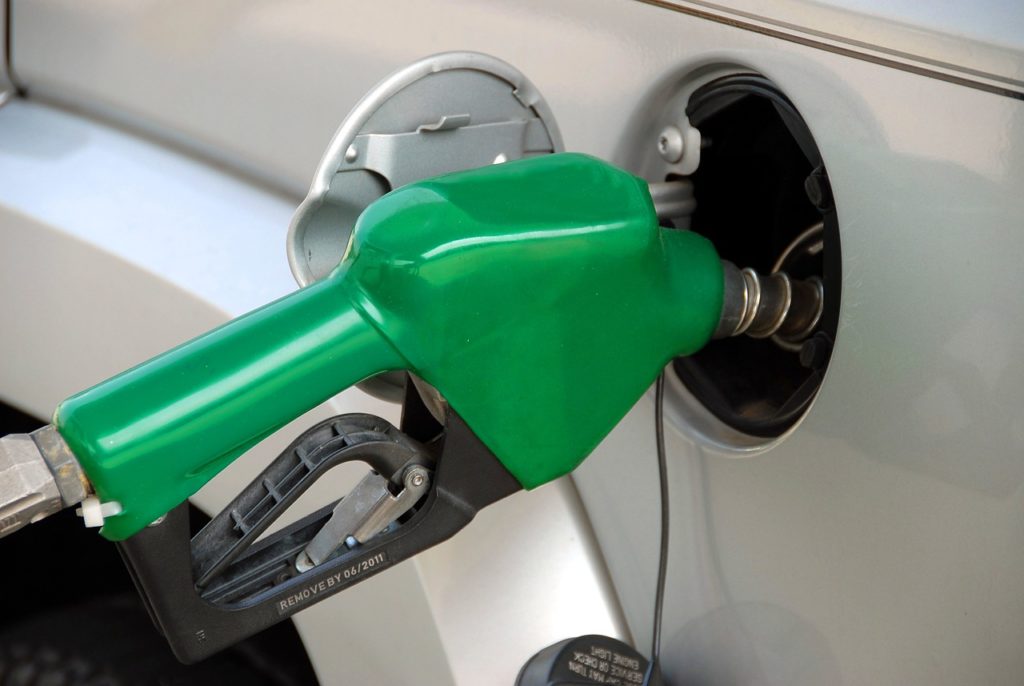The History of Energy part five: The energy revolutions

We are pleased to continue the series in which Gareth Wyn Jones, Professor Emeritus of plant biology and bioscience at Bangor University considers the history of energy and asks what lessons it holds for today’s world.
Gareth Wyn Jones
In the first four articles I’ve tried to explain the fundamental significance of (free) energy to the long march of life on this planet and to the relatively recent but dramatic rise of Homo sapiens. Free energy simply means the energy that is available to useful work and generate power.
Many of the individual ideas I’ve been discussing have been advocated by others but the synthesis is my own responsibility.
These ideas of the underlying ‘big history’ may excite some and hopefully increase our understanding, but even more crucial are the lessons they might hold for our current crises, to the stories by which we live and to humanity’s future.

Revolutions
It is obvious that we are now in the midst of at least one, but quite possibly two concurrent, energy revolutions. The first is very different to all its predecessors. We are being forced, because of the imminent danger of climate catastrophe, to give up fossil fuels; the very sources that have energised our economy and brought prosperity to a significant proportion of people.
Secondly, the human technological enterprise and scientific knowhow have developed bioengineering, computing, artificial intelligence and robotics in ways which are fundamentally changing both the relationships between energy, power and complexity and also the rate of change in our society.
Record high
Other than a few diehard deniers, the dangers of catastrophic climate change and global heating, rather than any more benign-sounding warming, are all too apparent and scary. Nevertheless, despite the high flown promises and innumerable conferences, progress in cutting the emissions of the main greenhouse gases (CO2, CH4, N20 etc) is pitifully slow.
As of the last week in April this year (2023), the atmospheric CO2 was at a record high. Worse, the annual increase in CO2 was the largest on record in a non-El Niño year. Similarly, methane and nitrous oxide are at record levels. To date we are not even reducing the rate of growth of these dangerous gases, still less achieving cuts.
Tipping points
A few points stand out. While the atmospheric concentrations of the Green House Gases and mean temperatures are widely reported, it is often forgotten that most of the extra heat (>90%) is absorbed by the oceans which cover 70% of the global surface area.
Mean oceanic temperatures are also at record levels and will affect global weather patterns for generations to come. The 2015 Paris Accord committed the global community to limiting the mean atmospheric temperature rise to less than 2.0oC and as near 1.5oC as possible.
These objectives reflected the best estimates of temperatures which would avoid triggering irreversible tipping points such as melting of ice sheets, methane and CO2 release by the decay of the tundra in Siberia and North America, or the loss the tropical rainforests’ capacity to be carbon sinks.
Enormously damaging
Any realistic prospect of limiting the mean rise to +1.5oC is gone – short of a series of huge volcanic eruptions or a nuclear war which will themselves be enormously damaging (be careful for what you wish). Even breaching the +2oC ceiling now seems likely but not quite inevitable.
However, my concerns are not simply about our reluctance to give up fossil fuels or their replacement by renewables and perhaps electrical energy from nuclear fission and fusion. A huge issue is the societal and environmental impact of using more and more energy from any source.
These articles are exploring the basic idea that more energy leads to more work and power and to greater complexity, which in turn requires an ability to control and stabilise each new level of complexity.
In biology the term homeostasis is often uses to describe these regulatory mechanisms. Both the physics and the historic record also show that doing more work per unit time accelerates the rate of change, as was discussed previously.

Human excess
From a human perspective, global warming can be viewed as a homeostatic failure. It is altering the subtle global balances needed to support our civilisation not just in Wales but in India with temperature nearing 50oC or the Pacific Islands threatened by sea level rise.
Our actions are endangering the very energy-dependent complexity that has allowed some of us to thrive materially. This reveals a major weakness in our man-made regulatory systems e.g. costs of pollution are not shown on company balance sheets.
On the other hand, from a Gaia-like perspective, global warming can be seen as the planet’s response to human excess and a way of supressing an over-dominant species. Either way humanity is clearly in a major hole. And on top of this we are facing the rapid and vast changes being brought about by digitization and new ways to couple work and power to complexity.
Humans are not so much gaining extra brainpower or wisdom as an extraordinary capacity to process vast quantities of data (still using energy) but with an extraordinary efficiency. But it’s an ability that may actually be endangering humanity.
Taking the two current revolutionary trends together, it appears virtually certain that more energy (even if low carbon) and/or new ways of more efficiently coupling energy use to work and power e.g. through artificial intelligence, etc. will:
i] Increase still further the material and social complexity of society.
ii] Further accelerate the rate of social and economic change.
iii] Reinforce the need for more ‘regulations’ to stabilize the growing complexities, with unpredictable consequences to human well-being especially given the rise of surveillance and big data; currently in the hands of a very small number of companies and government.
iv] Increase our demands on all other planetary resources – renewable and non-renewable; e.g. more food and more copper and lithium etc.
These predictions are consistent with the patterns that emerge from Earth’s long history as I’ve sketched them.
In the previous article, I discussed briefly the homeostatic hierarchy required to maintain stability. As life evolved from a simple single cell to first complex cells and much later complex multi-cellular, interdependent organisms, then new layers of regulation emerged. In our society, such social regulation probably has two major sources.
Inherited and man-made regulation
The first is our inherited feelings and emotions. Our physiological and psychological mechanisms for self-control which permit cooperation as well as competition. Unlike other apes we live and usually co-exist in relative peace – imagine a rush hour train packed full of male and female chimps. Some of the ways we regulate our interactions derive from our long history as early humans; from living in small, largely self-sufficient but quite often threatened groups.
Richard Wrangham has argued that we have, in effect, domesticated ourselves by reducing the alpha male aggression found in other apes. We have controlled our reactive aggression but possibly at the expense of proactive aggression. That is a propensity to create ‘cunning plans’ to dominate and eliminate rivals to power.
We tend to be tribal, and somewhat parochial while sometimes seeking a strong, charismatic leader – some will remember all the talk of the ‘smack of firm government’ in the 1980’s. And one can now add Trump, Berlusconi and many others to this rollcall. Despite our innate generosity, we also tend to resist giving up our hard won prosperity and resources that support it.

While we often seek strong leaders to protect us, they can prey on our prejudices. A situation made worse by our tendency to make decisions instinctively without really giving too much thought to them and our poor statistical assessments.
All this is poor preparation for dealing with global warming which requires forethought, everyone to pull together and, quite probably, for the better-off to make sacrifices today to avoid calamity tomorrow. As rule of thumb – the richer one is, the higher one’s own carbon footprint.
Unfortunately CO2 emissions from anywhere and everybody impact everywhere and on anybody. In terms of climate change, we are truly globalized.
Secondly since the Agricultural Revolution larger and closer communities and later great cities have emerged. To cope with this increasing complexity, we have had to set up our own human-devised systems of regulations, laws and practices and some form of enforcement, although these varied widely.
Over the last 100 years or so, the world has increasing adopted the consumerist, individualistic capitalist model based on globalised versions of market-based economics which can be summarised as an allegiance to Homo economicus. The model is based on the assumption that economic self-interest, enterprise, even greed is paramount.
Nevertheless it is presumed that the efforts of the few, while of course making them wealthy, will lead to an overall increase in the living standards of all. So, although they are winners and losers, in theory, we all gain and become materially wealthier. This then is the basis of the story of ‘progress’ I described in the first article.
Our contended futures
A very big question is the likely combined impacts of these two types of regulation, together with the other factors I’ve alluded to?
Given our behavioural inheritance, our man-made regulatory systems, the accelerating speed of change, the unremittent pursuit of power and wealth and our growing demands on the Earth’s resources as our population grows and more yearn for prosperity, what might the future hold?
Are our actions compatible, in the short term, with combating climate change and, in the medium term, with human wellbeing and planetary health and limiting our dependence on greater and greater use of energy and resources? These issues will be the focus of the next articles.
Read all the previous installments of The History of Energy here.
Support our Nation today
For the price of a cup of coffee a month you can help us create an independent, not-for-profit, national news service for the people of Wales, by the people of Wales.





Regarding “alpha male aggression in other apes” I was under the impression bonobos are much like humans rather than chimpanzees in that regard.